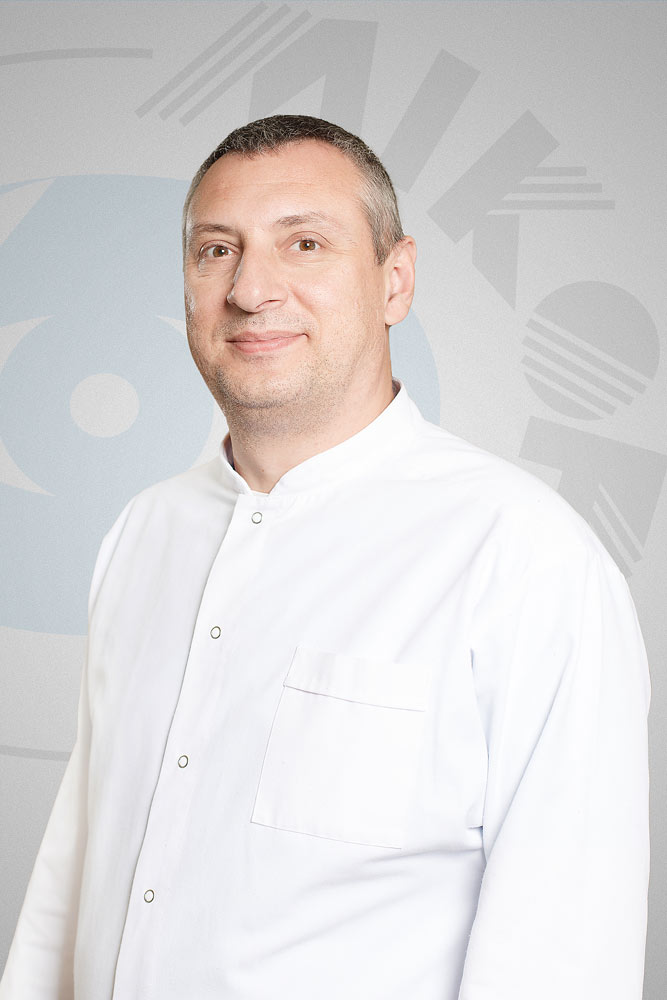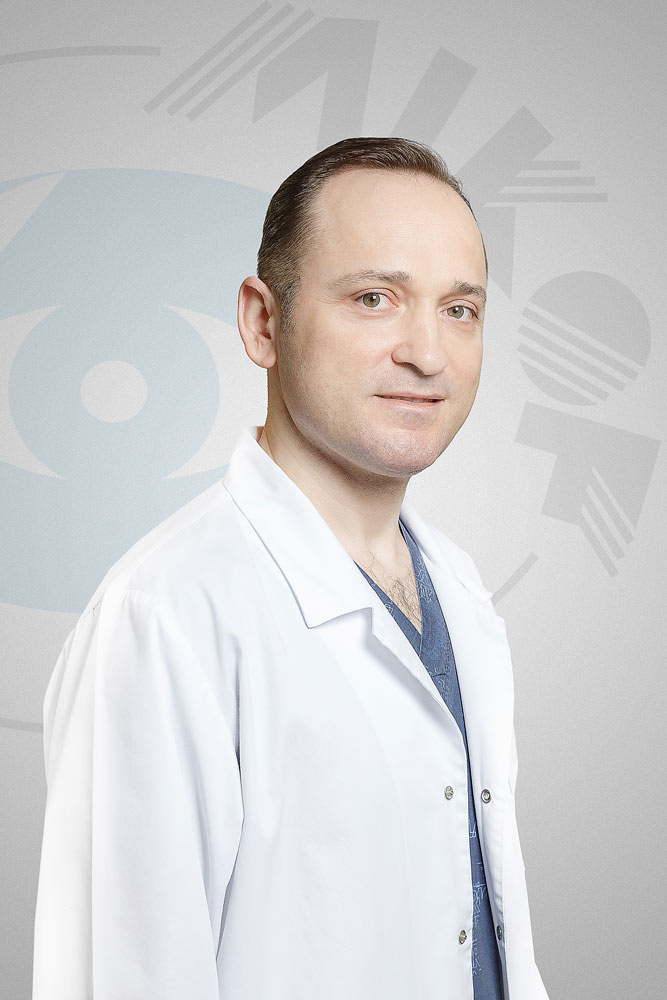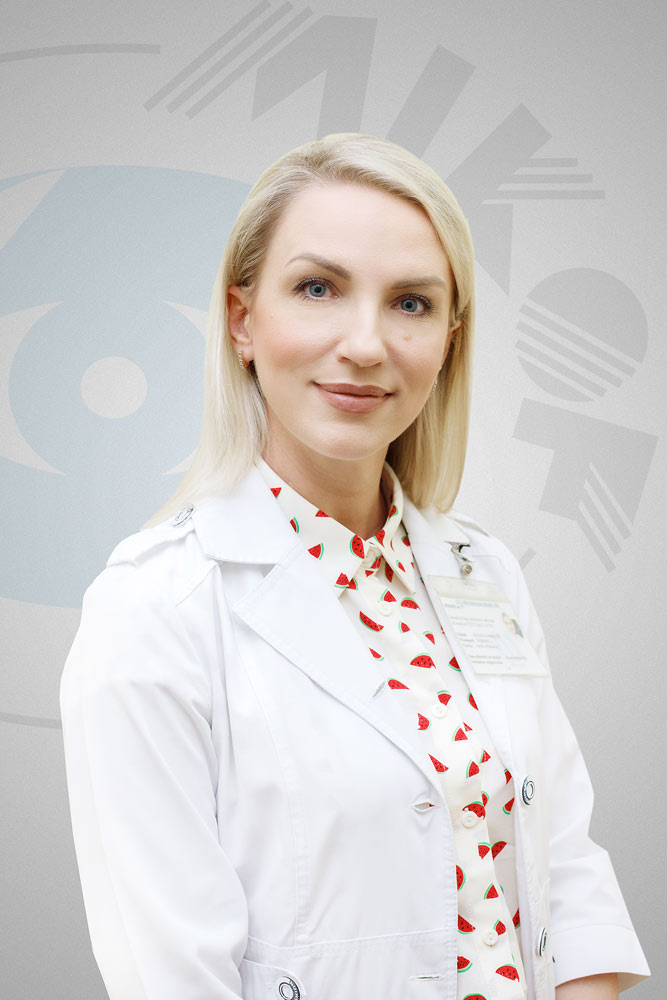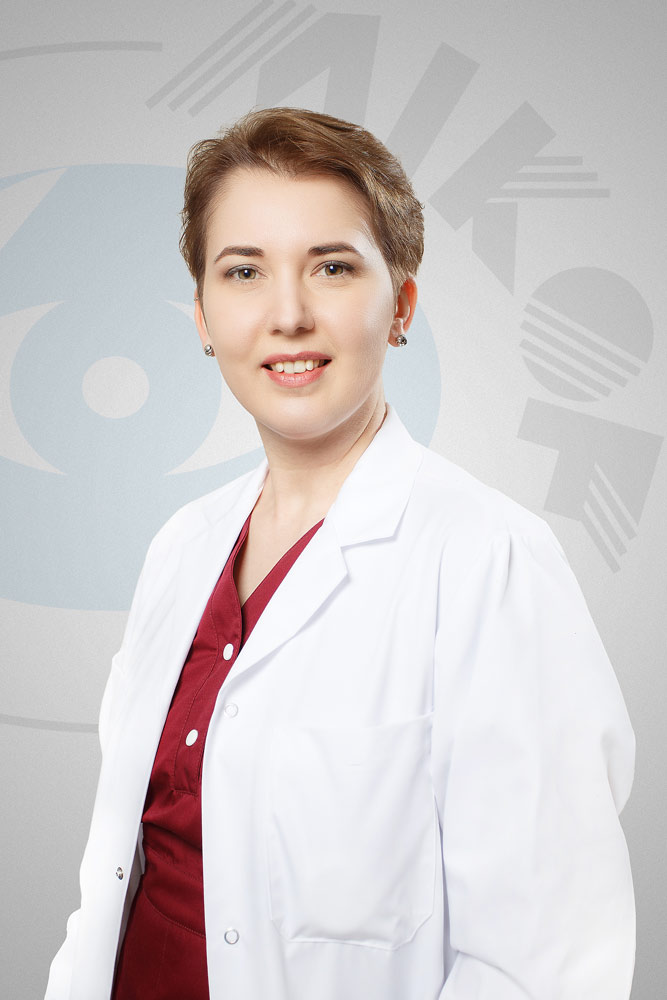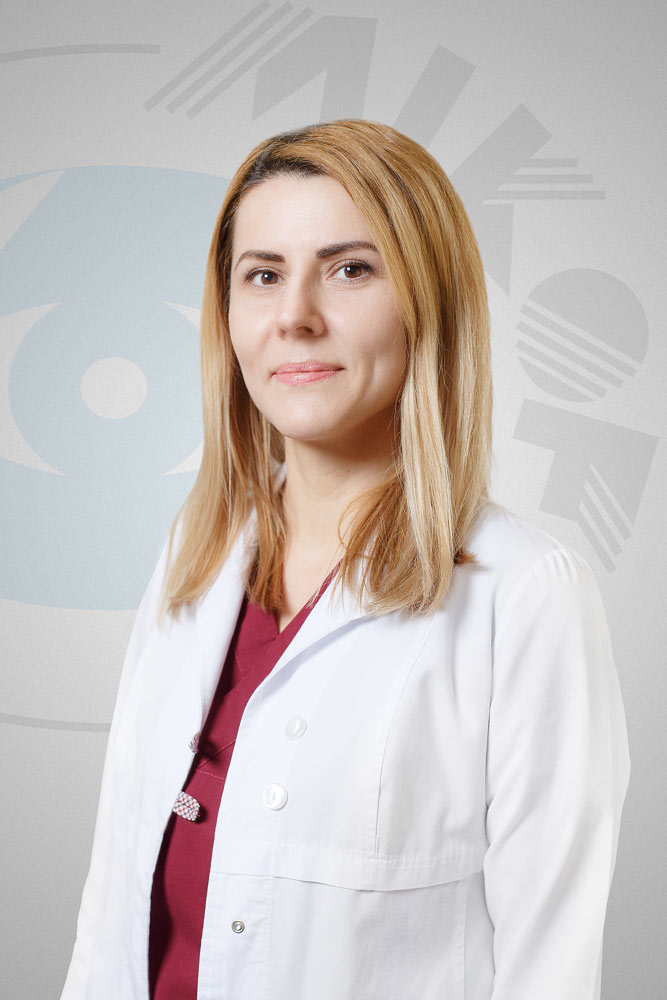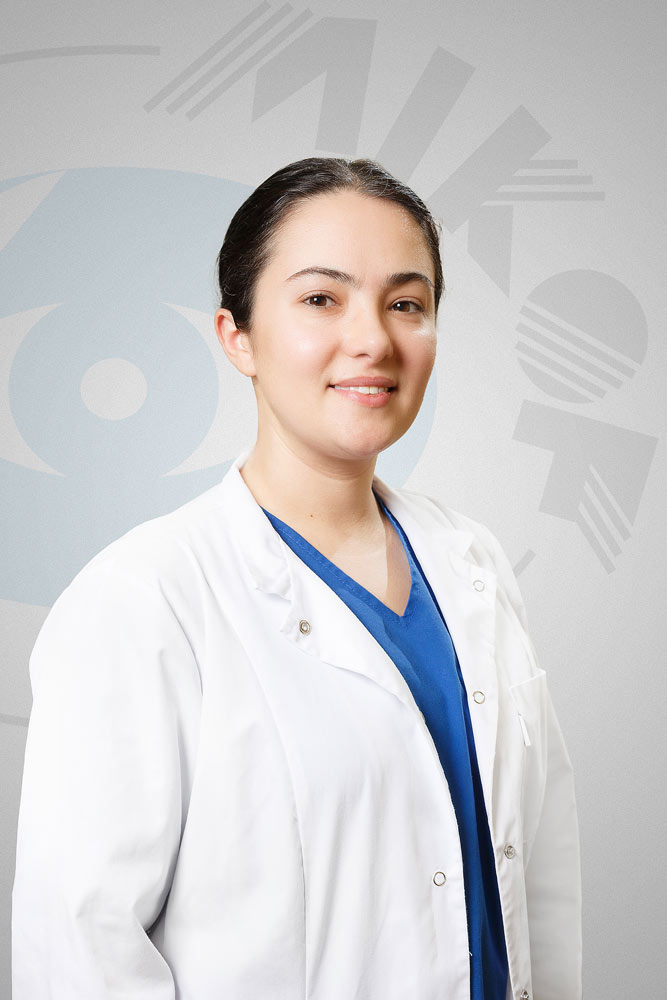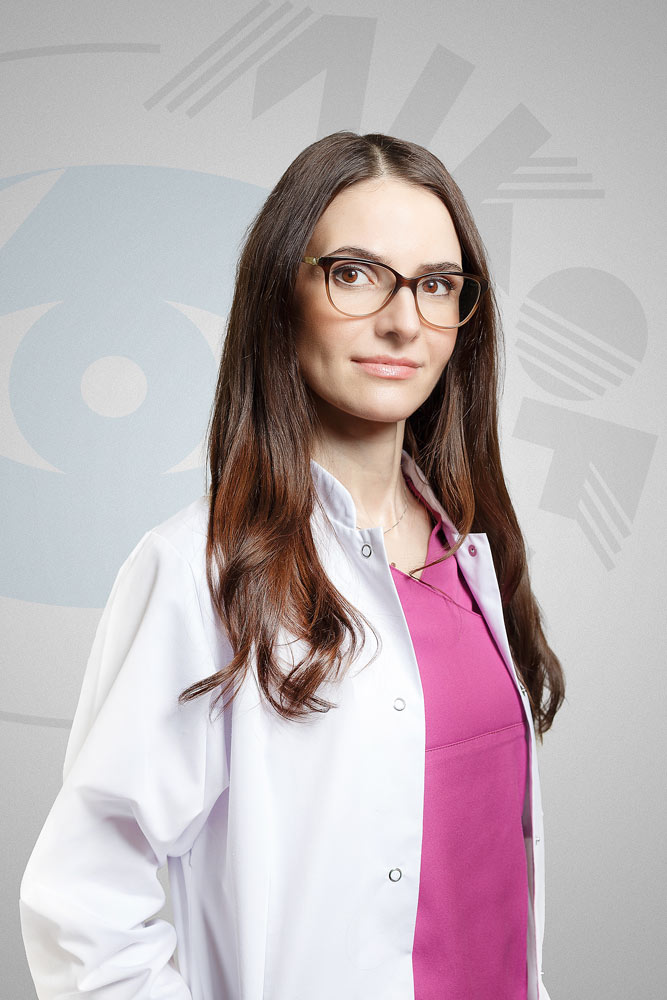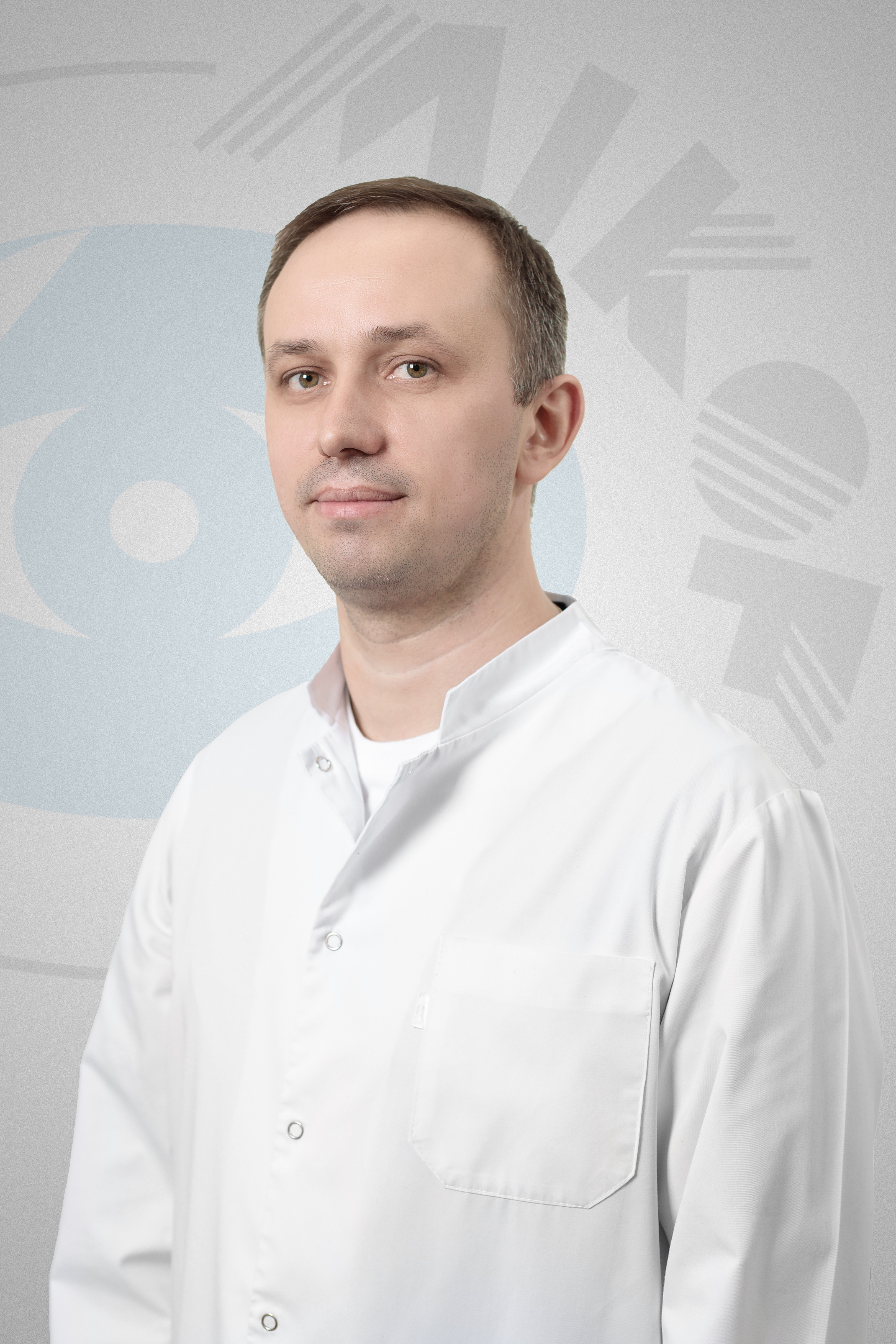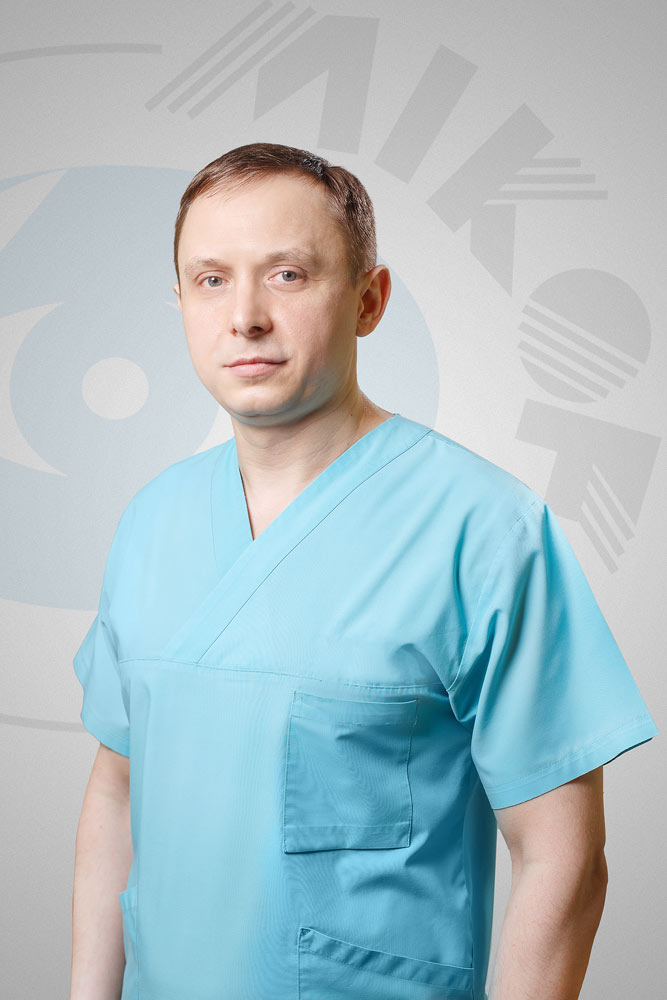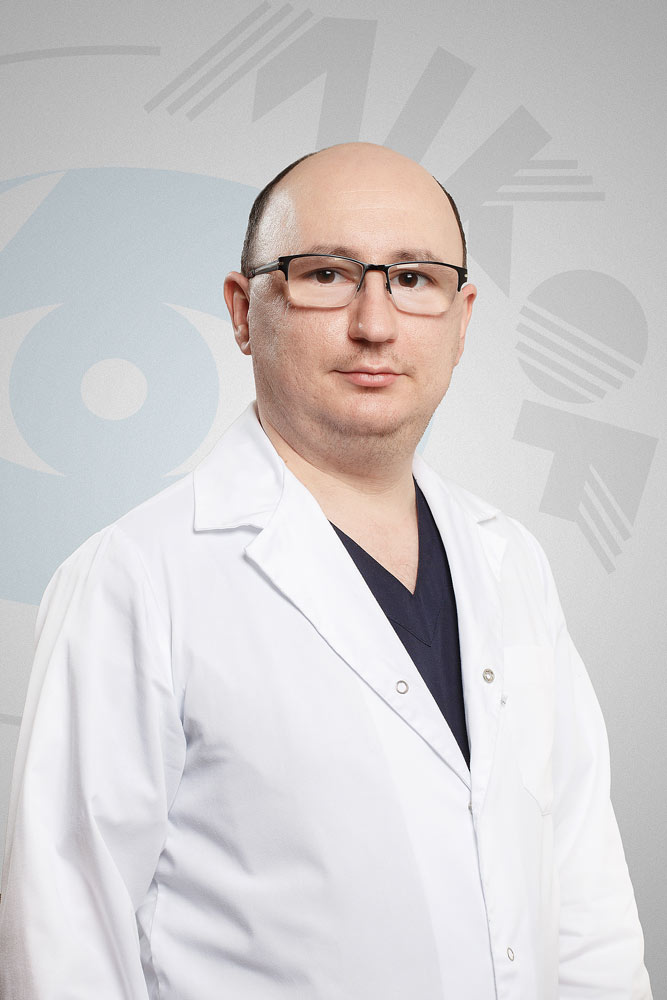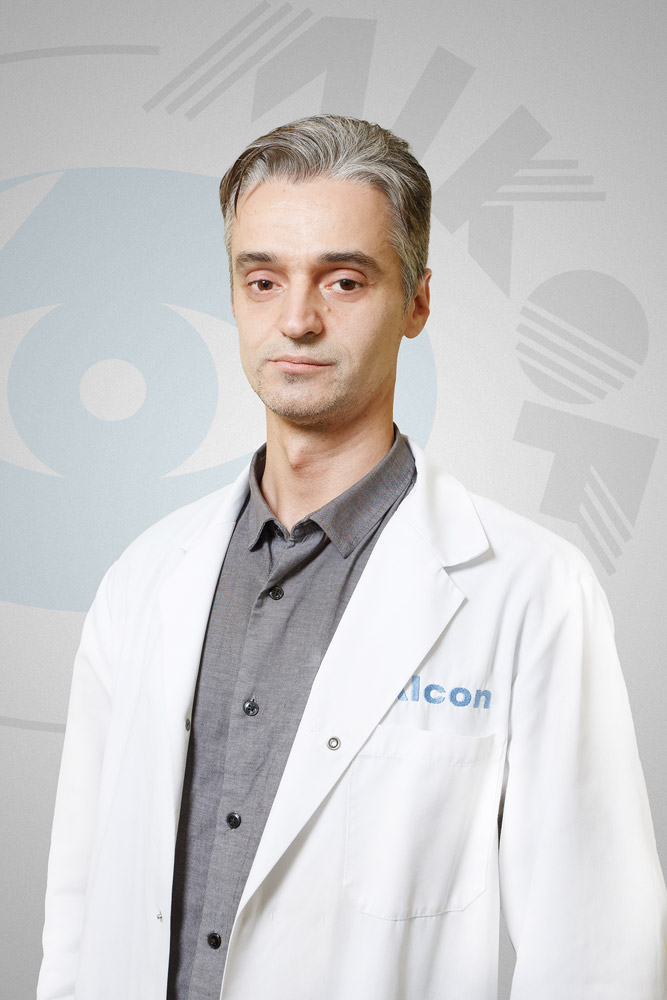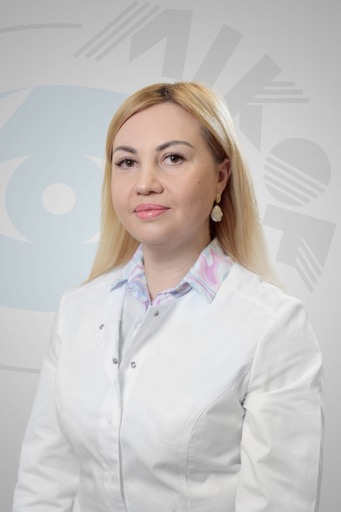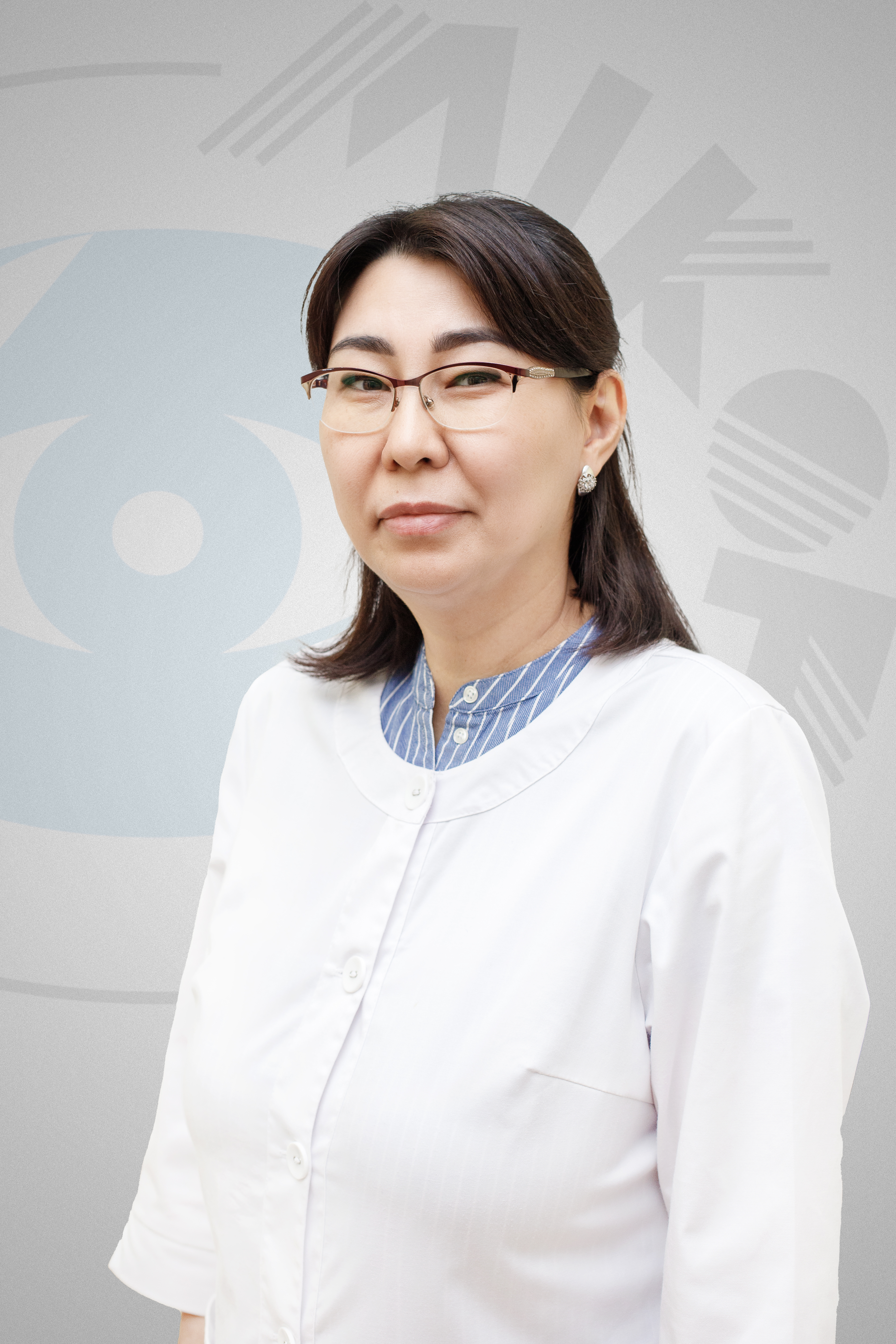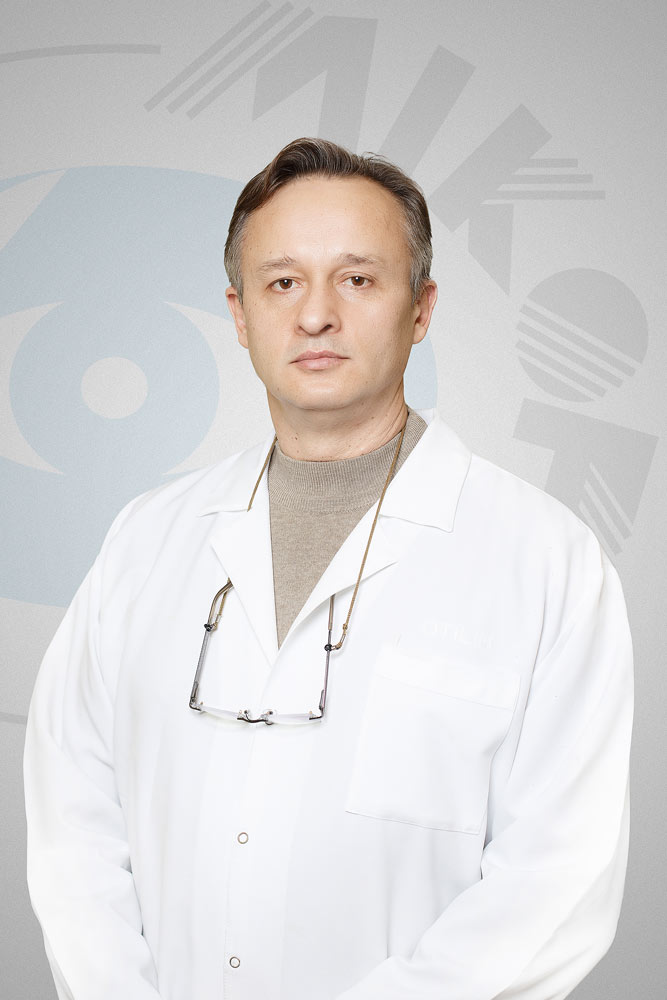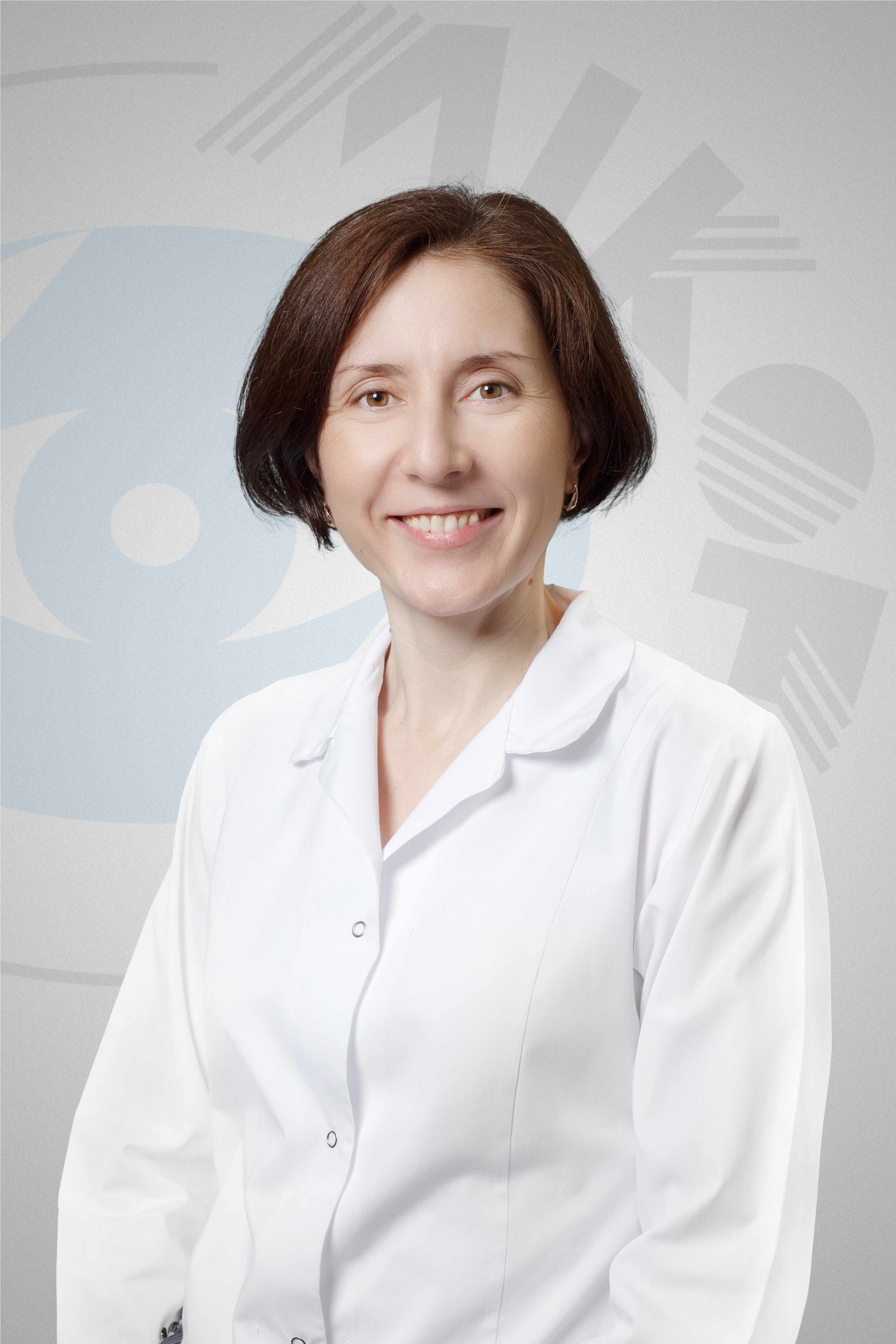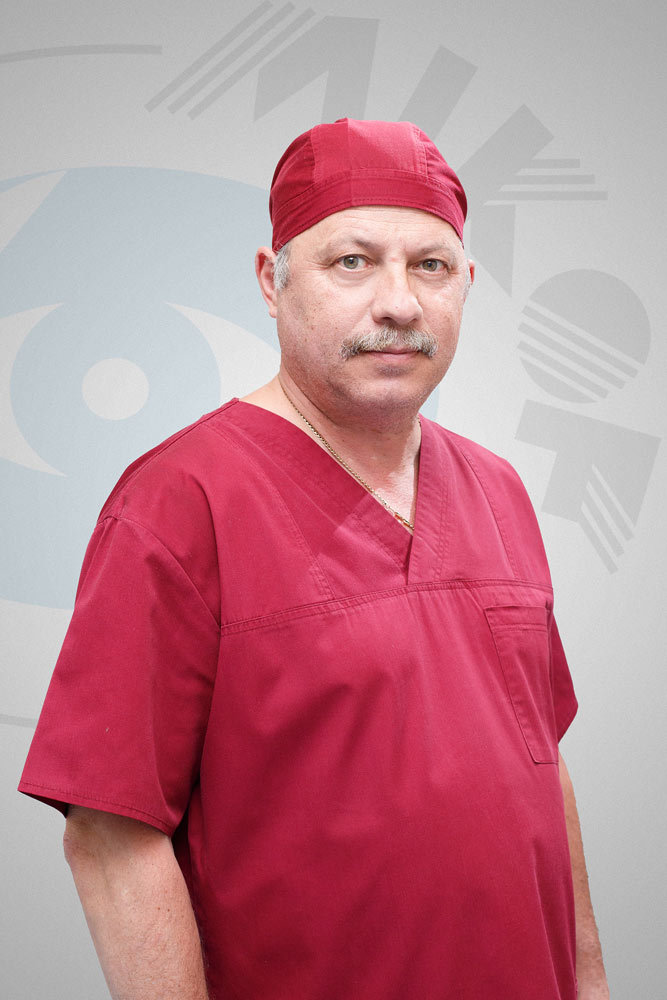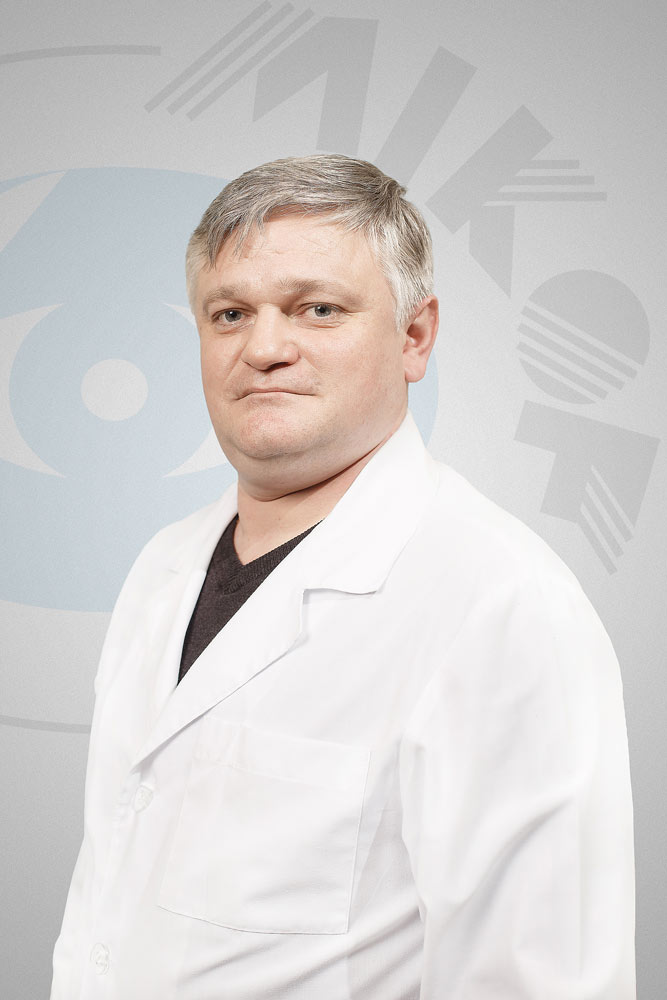Cataract is a Greek word translated as "waterfall." Such an allegory is associated with the idea of a cloudy film covering the pupil in the form of a water curtain. Such a colorful definition in a frequently occurring eye disease, which, as a rule, occurs in people older than 55 years, but sometimes children suffer from it.
Cataracts are the clouding of the natural lens, that part of the eye that is responsible for focusing light rays and creating a clear and sharp image. The lens is in a special bag called a capsule. As old lens cells die, they accumulate in the capsule and result in a cloudiness that makes the image cloudy and blurry. And, as a rule, cataracts are a natural consequence of aging.
In addition, there may be a feeling of flickering stripes, strokes and spots in front of the eyes, or a dazzling sparkle around objects in bright light. There are difficulties in reading the small print, sewing. As the cataract develops (the so-called "maturation"), the pupil becomes white instead of black.
Cataracts are a very common disease, being the first cause of decreased vision in people over 55 years old. In addition to age-related cataracts, lens opacities occur as a result of trauma, damage by certain types of radiation, the use of certain medications, diseases - common like diabetes, myotonia - and ocular diseases such as glaucoma, myopia and others.
Although cataract is considered an age-related disease, there is also a special form of this disease, which is a visual impairment in children - congenital cataract.
Signs of Cataract
Gradual visual impairment in one or both eyes in the form of a cellophane film, foggy glass in front of the eyes
The appearance or increase in the degree of myopia, if cataract is primarily associated with clouding of the center of the lens - its nucleus
Old age or the presence in the past of factors contributing to the appearance of opacities in the lens
A clouding of the lens is detected by the doctor when examining the eyes with a slit lamp
Diagnostics
Cataract detection is a relatively simple procedure. It is detected by a standard examination of the eyes with a microscope. For the surgeon planning a cataract surgery, clear answers before the operation to a number of questions related to the presence of eye features that can cause complications during or after the operation, including concomitant eye diseases that will not allow high vision after surgery, are important and also with the optical power of the artificial lens to be implanted. In order to get answers to these questions, thorough diagnostics are carried out, sometimes including examination on 10 or more devices.
Cataract treatment
Her treatment is essentially a synonym for "cataract surgery," because any medication — not drops, ointments, or tablets — can remove the resulting clouding in the lens.
Cataract surgery has a rich and long history. There are many different methods for removing a cloudy lens. Currently, the method of ultrasonic phacoemulsification with the simultaneous implantation of an artificial lens through a small incision without suturing is universally recognized. The artificial lens in ophthalmology has a special name - the intraocular lens (IOL).
Cataract Phacoemulsification
Cataract phacoemulsification is a way to remove a cloudy lens using ultrasound. Currently, this is the most advanced, detailed and least traumatic cataract extraction technique. Its advantages are:
minimum incision of the outer shell of the eye, in most cases not requiring suturing;
the ability to remove the initial cataracts;
lack of distortion of vision after surgery due to lack of sutures;
quick recovery of vision and disability after surgery;
the possibility of implantation of flexible intraocular lenses.
Specialists who will answer any questions regarding eye diseases, as well as give professional advice, work in the Chisinau Eye Microsurgery Center.

